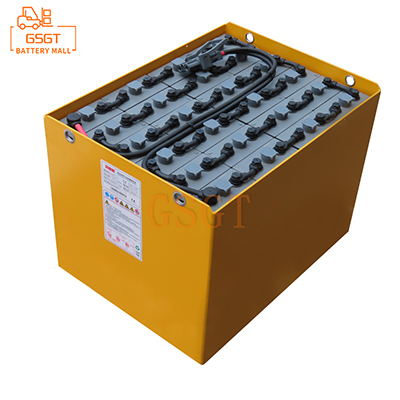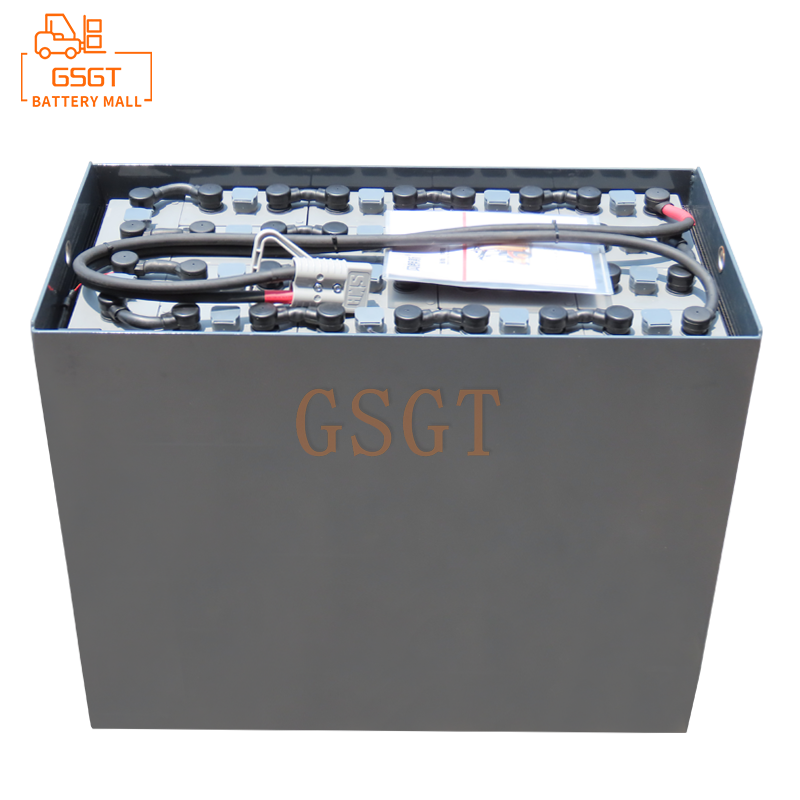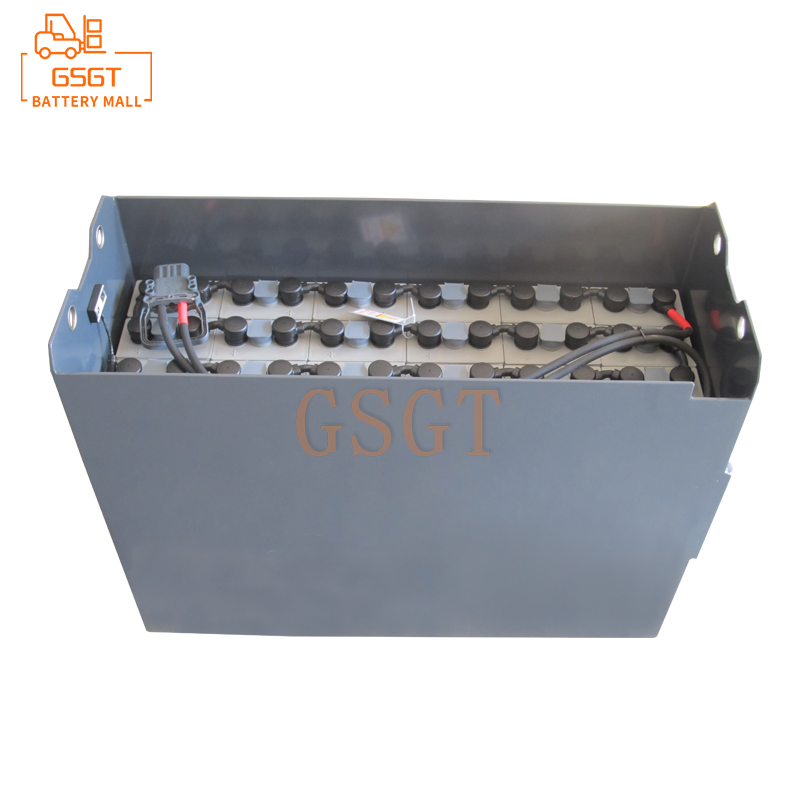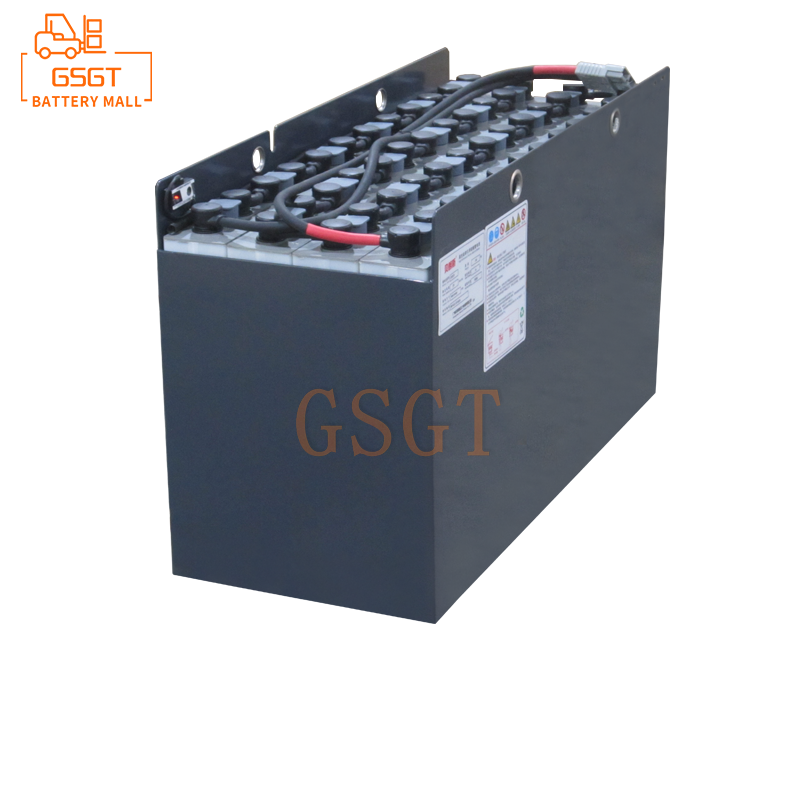Time:2025-03-31 10:06:11
Browse:714
In the field of industrial logistics, forklift lead-acid battery is the key power source, and its safe use directly affects the smoothness and stability of the entire operation process. Although most users are familiar with the basic operation, a large number of hidden details are often ignored in practical application. These details are not only the core elements to ensure the efficient operation of forklifts and extend the service life of batteries, but also an important defense line to prevent safety accidents and guard personnel and property safety.
## Hidden risks of charging environment
When the lead-acid battery of a forklift is charged, flammable gas such as hydrogen is released, which may cause an explosion. Most people only pay attention to the charging area away from the open flame, but ignore the subtleties of ventilation. Improper location of the vent, such as being blocked by debris, or unreasonable installation height, is difficult to effectively discharge hydrogen. In the ideal charging room, the vent should be close to the ground, because the density of hydrogen is less than the air, which will gather at the top of the room, and the low ventilation can remove it in time. If the ventilation is not smooth and the hydrogen accumulates to a certain concentration, once it encounters the fire source, it will cause a violent explosion in an instant, and the consequences are unimaginable.
At the same time, the electrical equipment in the charging room must have the explosion-proof function, even if it is an ordinary non-explosion-proof socket, the electric spark generated at the moment of insertion and removal may become the "fuse" to ignite hydrogen. Explosion-proof electrical equipment is specially designed and manufactured to effectively prevent the possible internal spark from contacting with the external flammable and explosive gas, thereby reducing the risk of explosion. In addition, the ground material is also particular, should choose non-slip and not easy to produce static electricity materials, to avoid slipping, to prevent the accumulation of static electricity caused by danger. There are a variety of reasons for electrostatic generation, personnel walking, goods handling may be produced, when the accumulation of electrostatic charge to a certain extent, it will produce electrostatic discharge phenomenon, may also ignite hydrogen.
## Fine points of electrolyte maintenance
The electrolyte is the "blood" of the lead-acid battery, and the precise control of its liquid level and density directly affects the battery performance. Daily check of liquid level, can not rely only on visual experience. It is standard practice to use a professional level measuring tool to ensure that the level is 10-15 mm above the plate. If the liquid level is too low and the plate is exposed to the air, it will accelerate vulcanization and shorten the battery life; If the liquid level is too high, the electrolyte may overflow, corroding the battery cover and forklift components. Once the electrolyte spills, it will cause serious corrosion to the metal parts of the forklift, reduce the structural strength and service life of the forklift, and increase the maintenance cost.
Measuring the density of the electrolyte is also critical, and the density needs to be adjusted flexibly under different seasons and different working conditions. Summer temperature is high, electrolyte density can be properly reduced to prevent battery overheating; In winter, it is necessary to increase the density and enhance the low-temperature performance of the battery. When measuring, the densimeter should be clean to avoid residual impurities affecting the reading, and the reading should be calibrated when the electrolyte temperature is 25 ° C, otherwise it is necessary to convert according to the temperature correction coefficient to obtain the accurate value. If the density measurement is not accurate, the battery may lose excessive water at high temperature and cannot be charged and discharged normally at low temperature, which seriously affects the service performance and life of the battery.
## Subtleties of battery connection
In forklift operation, frequent vibration will loosen the battery connection. Loose connections not only increase resistance, resulting in reduced charging efficiency, battery heat, but also may cause ignition, endangering safety. When checking the connection, do not just look at whether the surface is tight, use the torque wrench to tighten the nut according to the specified torque value (generally 10-15 nm) to ensure that the connection is tight. The loosening of the connection part will cause the contact resistance to increase, and a lot of heat will be generated when the current passes through, which not only wastes electrical energy, but also may cause fire.
The material and specifications of the connection cable can not be ignored, and must match the rated current of the battery. The cable is too thin, the resistance is large, the power transmission loss is large, and the heat is easy. The material is not good, and it will be oxidized and corroded in long-term use, which also affects the connection effect. For example, copper core cables are better conductive and more resistant to corrosion than aluminum core cables, but they are also relatively expensive. When selecting cables, consider cost and performance. In addition, the cleaning of the connection part is often ignored, and it is regularly wiped with a wet cloth to remove impurities such as dust and electrolyte residue, which can effectively prevent corrosion and ensure the stability of the connection. Dust and electrolyte residue will form a conductive path, accelerate the corrosion of metal components, damage the reliability of the connection, regular cleaning can eliminate these risks in time to ensure that the battery connection is always in good condition.

$3405

$2140

$2040

$1790

MESSAGE
Professional And Efficient
Security
Affordable Price
Professional Services